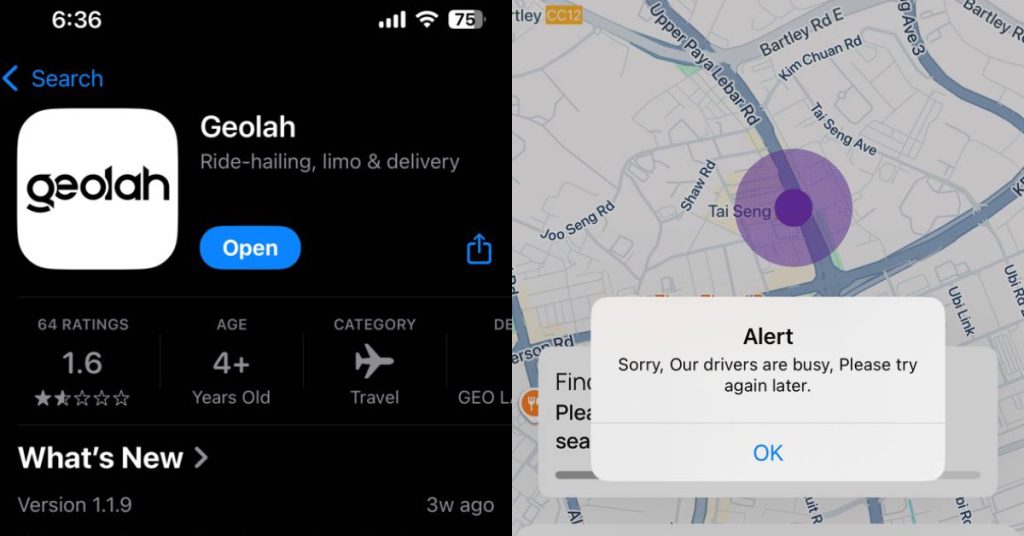In a joint announcement on Thursday (July 8), the Bank of France and the Monetary Authority of Singapore (MAS) announced the successful completion of a wholesale cross-border payment and settlement experiment using central bank digital currency (CBDC).
The experiment, supported by J.P. Morgan’s Onyx, simulated cross-border transactions involving multiple CBDCs (m-CBDC) on a common network between Singapore and France.
It simulated cross-border and cross-currency transactions for Singapore Dollar (SGD) CBDC and €uro (EUR) CBDC, and was conducted using a permissioned, privacy-enabled blockchain based on Quorum technology.
While the experiment was limited to two central banks, the design of the m-CBDC network enables it to be scaled up to support the participation of multiple central banks and commercial banks located in different nations.
What are central bank digital currencies?
A central bank digital currency uses an electronic record or digital token to represent the virtual form of a fiat currency of a particular nation. They act as a digital representation of a country’s fiat currency, and are backed by a suitable amount of reserves, like gold or foreign currency.
CBDCs are centralised, and are issued and regulated by the competent monetary authority of each country.
Like regular currency that carries a unique serial number, each CBDC unit will also be distinguishable to prevent imitation.
According to Investopia, The Bank of England was the pioneer to initiate the CBDC proposal. Following that, banks in other countries like China, Canada, Uruguay, Sweden, Thailand and Singapore also began looking into the possibility of producing a CBDC.
Key outcomes of the Singapore-France pilot
According to an announcement by the The Banque de France, four key outcomes were achieved from the experiment:
First, the experiment demonstrated interoperability across different types of cloud infrastructure. Blockchain nodes were set up across private and public cloud infrastructures in both countries.
Furthermore, the setup of an experimental m-CBDC network managed to incorporate automated liquidity pool and market-making service for EUR/SGD currency pairs. The use of smart contracts automatically managed the EUR/SGD currency exchange rate in line with real-time market transactions and demands.
The design of a common m-CBDC network also enabled the two central banks to have visibility on cross border payments, while retaining independent control over the issuance and distribution of their own CBDC.
Lastly, the simulation of an experimental m-CBDC network showed that the number of correspondent banking parties involved in the payment chain for cross-border transactions could be reduced.
Consequently, the number of contractual arrangements, the KYC (Know Your Customer) burden as well as the associated costs could be cut down.
Building a multi-currency shared ledger infrastructure allows participants across countries to transact with each other directly in different currencies. This m-CBDC experiment has broken new ground by decentralizing financial infrastructure, to improve liquidity management and market making services. It charts the path for scalable CBDC networks where central banks and commercial banks can work together to achieve the vision of cheaper, safer and more efficient infrastructure for cross border payments.
Sopnendu Mohanty, Chief FinTech Officer of MAS
From 1 July 2021, Vulcan Post’s premium articles will be hidden behind a paywall. Subscribers will be able to enjoy exclusive articles with a deeper level of coverage and insight on verticals that include government technology, electric vehicles, cryptocurrency and e-commerce. You can check out our premium articles here and subscribe to us here.
Featured Image Credit: Euromoney










